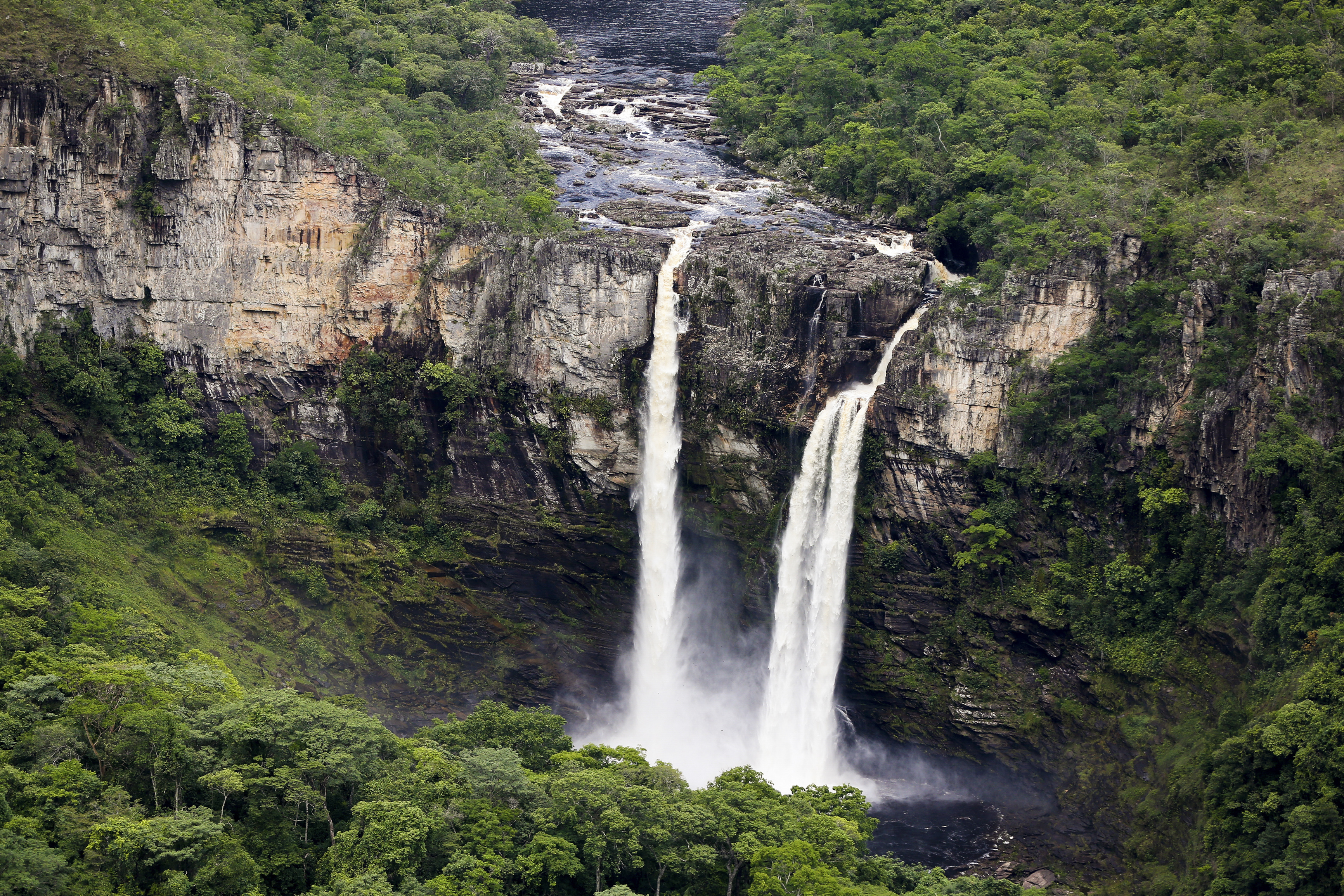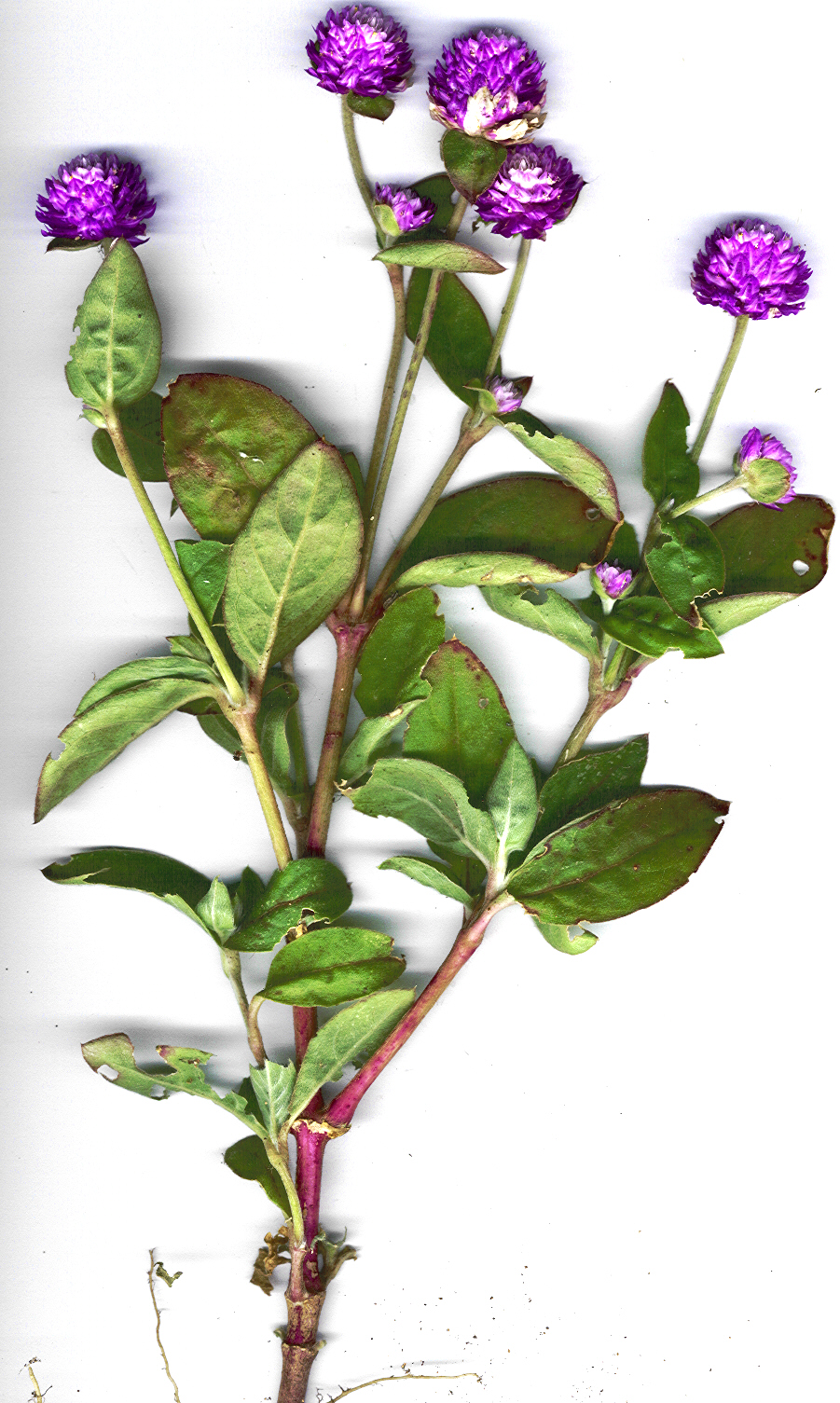|
Dianthera Angustifolia
''Dianthera angustifolia'' is a species of flowering plant native to the Cerrado ecoregion of central Brazil. See also * List of plants of Cerrado vegetation of Brazil This is a list of plants found in the wild in cerrado vegetation of Brazil. Acanthaceae * '' Anisacanthus'' '' trilobus'' Lindau * '' Dianthera angustifolia'' (Nees) Benth. & Hook.f. ex B.D.Jacks. * '' Dicliptera'' '' mucronifolia'' Nees * '' ... References External links Flora vascular do bioma Cerrado Acanthaceae Endemic flora of Brazil Flora of North Brazil Flora of Northeast Brazil Flora of West-Central Brazil Plants described in 1847 Taxa named by Christian Gottfried Daniel Nees von Esenbeck {{Acanthaceae-stub ... [...More Info...] [...Related Items...] OR: [Wikipedia] [Google] [Baidu] |
Christian Gottfried Daniel Nees Von Esenbeck
Christian Gottfried Daniel Nees von Esenbeck (14 February 1776 – 16 March 1858) was a prolific Germany, German botanist, physician, zoologist, and natural philosopher. He was a contemporary of Goethe and was born within the lifetime of Carl Linnaeus, Linnaeus. He described approximately 7,000 plant species (almost as many as Linnaeus himself). His last official act as president of the German Academy of Natural Scientists Leopoldina was to admit Charles Darwin as a member. He was the author of numerous monographs on botany and zoology and majority of his best-known works deal with fungi. Biography Nees von Esenbeck was born in Schloss Reichenberg near Reichelsheim (Odenwald) in Hesse, Germany. He showed an early interest in science and, after receiving his primary education in Darmstadt, went on to the University of Jena and obtained his degree in biology (natural history) and medicine in 1800. He practiced as a physician for Francis I (Erbach-Erbach), but he had developed a gre ... [...More Info...] [...Related Items...] OR: [Wikipedia] [Google] [Baidu] |
Benth
George Bentham (22 September 1800 – 10 September 1884) was an English botanist, described by the weed botanist Duane Isely as "the premier systematic botanist of the nineteenth century". Born into a distinguished family, he initially studied law, but had a fascination with botany from an early age, which he soon pursued, becoming president of the Linnaean Society in 1861, and a fellow of the Royal Society in 1862. He was the author of a number of important botanical works, particularly flora. He is best known for his taxonomic classification of plants in collaboration with Joseph Dalton Hooker, his ''Genera Plantarum'' (1862–1883). He died in London in 1884. Life Bentham was born in Stoke, Plymouth, on 22 September 1800. His father, Sir Samuel Bentham, a naval architect, was the only brother of Jeremy Bentham to survive into adulthood. His mother, Mary Sophia Bentham, was a botanist and author. Bentham had no formal education but had a remarkable linguistic aptitude. By ... [...More Info...] [...Related Items...] OR: [Wikipedia] [Google] [Baidu] |
Hook
A hook is a tool consisting of a length of material, typically metal, that contains a portion that is curved/bent back or has a deeply grooved indentation, which serves to grab, latch or in any way attach itself onto another object. The hook's design allows traction forces to be relayed through the curved/indented portion to and from the proximal end of the hook, which is either a straight shaft (known as the hook's ''shank'') or a ring (sometimes called the hook's "''eye''") for attachment to a thread (yarn), thread, rope or chain, providing a reversible attachment between two objects. In many cases, the distal end of the hook is sharply pointed to enable penetration into the target material, providing a firmer anchorage. Some hooks, particularly fish hooks, also have a ''barb'', a backwards-pointed projection near the pointed end that functions as a secondary "mini-hook" to catch and trap surrounding material, ensuring that the hook point cannot be easily pulled back out once e ... [...More Info...] [...Related Items...] OR: [Wikipedia] [Google] [Baidu] |
Plants Of The World Online
Plants of the World Online (POWO) is an online taxonomic database published by the Royal Botanic Gardens, Kew. History Following the Convention on Biological Diversity, the Royal Botanic Gardens in Kew launched Plants of the World Online in March 2017 with the goal of creating an exhaustive online database of all seed-bearing plants worldwide. (Govaerts wrongly speaks of "Convention for Botanical Diversity (CBD)). The initial focus was on tropical African flora, particularly flora ''Zambesiaca'', flora of West and East Tropical Africa. Since March 2024, the website has displayed AI-generated predictions of the extinction risk for each plant. Description The database uses the same taxonomical source as the International Plant Names Index, which is the World Checklist of Vascular Plants (WCVP). The database contains information on the world's flora gathered from 250 years of botanical research. It aims to make available data from projects that no longer have an online ... [...More Info...] [...Related Items...] OR: [Wikipedia] [Google] [Baidu] |
Flowering Plant
Flowering plants are plants that bear flowers and fruits, and form the clade Angiospermae (). The term angiosperm is derived from the Ancient Greek, Greek words (; 'container, vessel') and (; 'seed'), meaning that the seeds are enclosed within a fruit. The group was formerly called Magnoliophyta. Angiosperms are by far the most diverse group of Embryophyte, land plants with 64 Order (biology), orders, 416 Family (biology), families, approximately 13,000 known Genus, genera and 300,000 known species. They include all forbs (flowering plants without a woody Plant stem, stem), grasses and grass-like plants, a vast majority of broad-leaved trees, shrubs and vines, and most aquatic plants. Angiosperms are distinguished from the other major seed plant clade, the gymnosperms, by having flowers, xylem consisting of vessel elements instead of tracheids, endosperm within their seeds, and fruits that completely envelop the seeds. The ancestors of flowering plants diverged from the commo ... [...More Info...] [...Related Items...] OR: [Wikipedia] [Google] [Baidu] |
Cerrado
The Cerrado () is a vast ecoregion of Tropics, tropical savanna in central Brazil, being present in the states of Goiás, Mato Grosso do Sul, Mato Grosso, Tocantins, Maranhão, Piauí, Bahia, Minas Gerais, São Paulo (state), São Paulo, Paraná (state), Paraná and the Federal District (Brazil), Federal District. The core areas of the Cerrado biome are the Brazilian highlands – the ''Planalto''. The main habitat types of the Cerrado consist of forest savanna, wooded savanna, park savanna and grass, gramineous-woody savanna. The Cerrado also includes savanna wetlands and gallery forests. The second largest of Biomes in Brazil, Brazil's major habitat types, after the Amazon rainforest, Amazonian rainforest, the Cerrado accounts for a full 21 percent of the country's land area (extending marginally into Paraguay and Bolivia). About 75% of the Cerrado’s 2 million km2 is privately owned. Vast amounts of research have shown that the Cerrado is one of the richest of all tropi ... [...More Info...] [...Related Items...] OR: [Wikipedia] [Google] [Baidu] |
Ecoregion
An ecoregion (ecological region) is an ecological and geographic area that exists on multiple different levels, defined by type, quality, and quantity of environmental resources. Ecoregions cover relatively large areas of land or water, and contain characteristic, geographically distinct assemblages of natural communities and species. The biodiversity of flora, fauna and ecosystems that characterise an ecoregion tends to be distinct from that of other ecoregions. In theory, biodiversity or conservation ecoregions are relatively large areas of land or water where the probability of encountering different species and communities at any given point remains relatively constant, within an acceptable range of variation (largely undefined at this point). Ecoregions are also known as "ecozones" ("ecological zones"), although that term may also refer to biogeographic realms. Three caveats are appropriate for all bio-geographic mapping approaches. Firstly, no single bio-geographic fram ... [...More Info...] [...Related Items...] OR: [Wikipedia] [Google] [Baidu] |
Brazil
Brazil, officially the Federative Republic of Brazil, is the largest country in South America. It is the world's List of countries and dependencies by area, fifth-largest country by area and the List of countries and dependencies by population, seventh-largest by population, with over 212 million people. The country is a federation composed of 26 Federative units of Brazil, states and a Federal District (Brazil), Federal District, which hosts the capital, Brasília. List of cities in Brazil by population, Its most populous city is São Paulo, followed by Rio de Janeiro. Brazil has the most Portuguese-speaking countries, Portuguese speakers in the world and is the only country in the Americas where Portuguese language, Portuguese is an Portuguese-speaking world, official language. Bounded by the Atlantic Ocean on the east, Brazil has a Coastline of Brazil, coastline of . Covering roughly half of South America's land area, it Borders of Brazil, borders all other countries and ter ... [...More Info...] [...Related Items...] OR: [Wikipedia] [Google] [Baidu] |
List Of Plants Of Cerrado Vegetation Of Brazil
This is a list of plants found in the wild in cerrado vegetation of Brazil. Acanthaceae * '' Anisacanthus'' '' trilobus'' Lindau * '' Dianthera angustifolia'' (Nees) Benth. & Hook.f. ex B.D.Jacks. * '' Dicliptera'' '' mucronifolia'' Nees * '' Dicliptera sericea'' Nees * '' Geissomeria'' '' ciliata'' Rizzini * '' Geissomeria dawsonii'' Leonard * '' Geissomeria longiflora'' Salzm. ex Nees (= ''Geissomeria macrophylla'' Nees) * '' Geissomeria schottiana'' Nees * '' Hygrophila'' '' costata'' Sinning * '' Justicia burchellii'' Hiern * '' Justicia chrysotrichoma'' Pohl ex ( Ness) * '' Justicia genistiformis'' Nees * '' Justicia irwinii'' Wassh. * '' Justicia lanstyakii'' Rizzini * '' Justicia nodicaulis'' Pohl ex Nees * '' Justicia phyllocalyx'' (Lindau) Wassh. & C.Ezcurra (= ''Sericographis macedoana'' Rizzini) * '' Justicia pycnophylla'' Lindau * '' Justicia riparia'' C.Kameyama (= ''Beloperone mollis'' Nees) * '' Justicia sarothroides'' Lindau * '' Justicia serr ... [...More Info...] [...Related Items...] OR: [Wikipedia] [Google] [Baidu] |
Acanthaceae
Acanthaceae () is a Family (biology), family (the acanthus family) of dicotyledonous flowering plants containing almost 250 genera and about 2500 species. Most are Tropics, tropical Herbaceous plant, herbs, shrubs, or twining vines; some are epiphytes. Only a few species are distributed in temperate regions. The four main centres of distribution are Indonesia and Malaysia, Africa, Brazil, and Central America. Representatives of the family can be found in nearly every Habitat (ecology), habitat, including dense or open forests, scrublands, wet fields and valleys, sea coast and marine areas, swamps, and mangrove forests. Description Plants in this family have simple, opposite, decussated leaf, leaves with entire (or sometimes toothed, lobed, or spiny) margins, and without stipules. The leaves may contain cystoliths, calcium carbonate concretions, seen as streaks on the surface. The flowers are perfect, Floral symmetry, zygomorphic to nearly Floral symmetry, actinomorphic, and arran ... [...More Info...] [...Related Items...] OR: [Wikipedia] [Google] [Baidu] |
Endemic Flora Of Brazil
Endemism is the state of a species being found only in a single defined geographic location, such as an island, state, nation, country or other defined zone; organisms that are indigenous to a place are not endemic to it if they are also found elsewhere. For example, the Cape sugarbird is found exclusively in southwestern South Africa and is therefore said to be ''endemic'' to that particular part of the world. An endemic species can also be referred to as an ''endemism'' or, in scientific literature, as an ''endemite''. Similarly, many species found in the Western ghats of India are examples of endemism. Endemism is an important concept in conservation biology for measuring biodiversity in a particular place and evaluating the risk of extinction for species. Endemism is also of interest in evolutionary biology, because it provides clues about how changes in the environment cause species to undergo range shifts (potentially expanding their range into a larger area or becomi ... [...More Info...] [...Related Items...] OR: [Wikipedia] [Google] [Baidu] |
Flora Of North Brazil
Flora (: floras or florae) is all the plant life present in a particular region or time, generally the naturally occurring ( indigenous) native plants. The corresponding term for animals is ''fauna'', and for fungi, it is '' funga''. Sometimes bacteria and fungi are also referred to as flora as in the terms '' gut flora'' or '' skin flora'' for purposes of specificity. Etymology The word "flora" comes from the Latin name of Flora, the goddess of plants, flowers, and fertility in Roman mythology. The technical term "flora" is then derived from a metonymy of this goddess at the end of the sixteenth century. It was first used in poetry to denote the natural vegetation of an area, but soon also assumed the meaning of a work cataloguing such vegetation. Moreover, "Flora" was used to refer to the flowers of an artificial garden in the seventeenth century. The distinction between vegetation (the general appearance of a community) and flora (the taxonomic composition of a community ... [...More Info...] [...Related Items...] OR: [Wikipedia] [Google] [Baidu] |







